The Multiplicity of a Moment, 2010
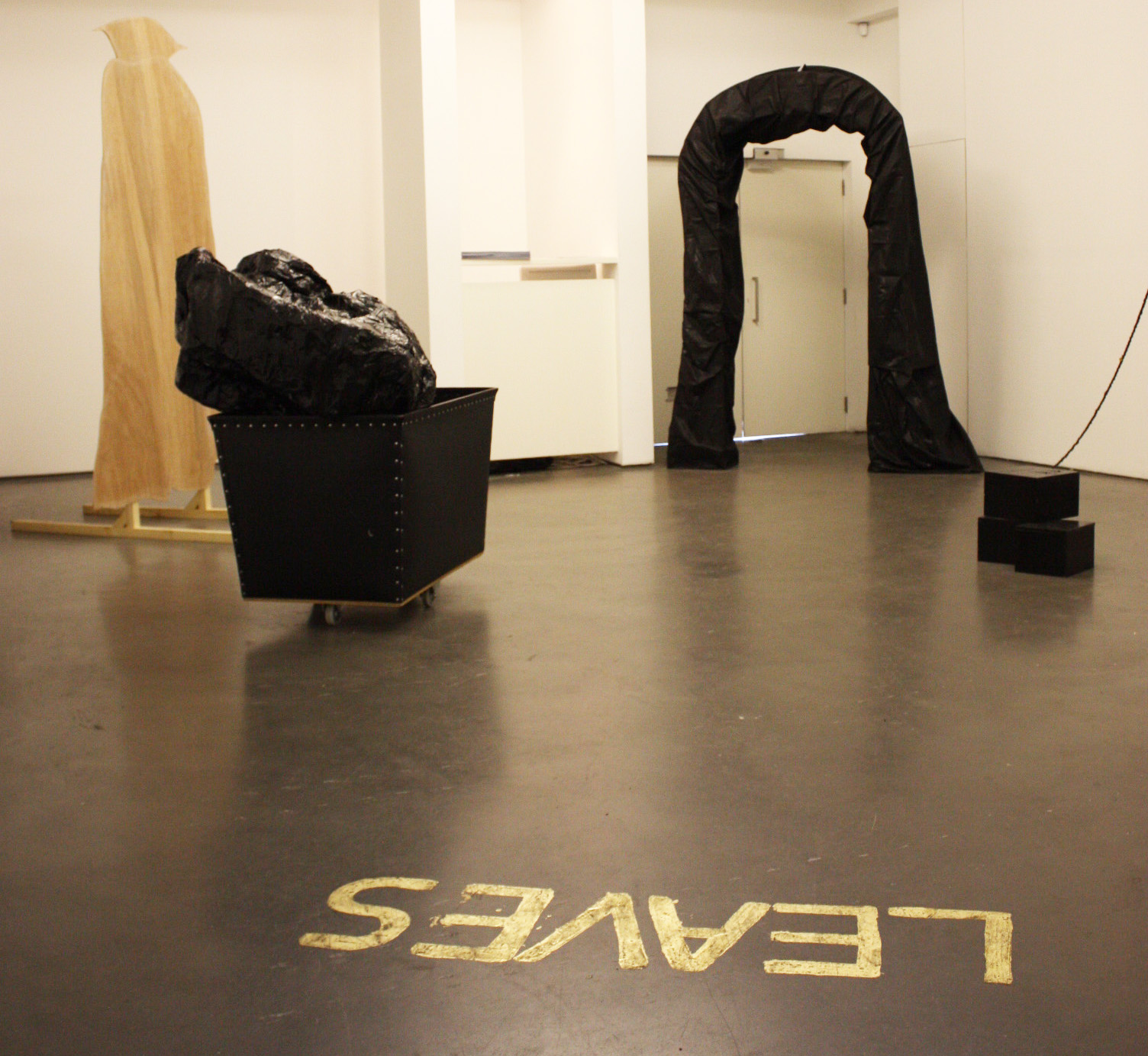
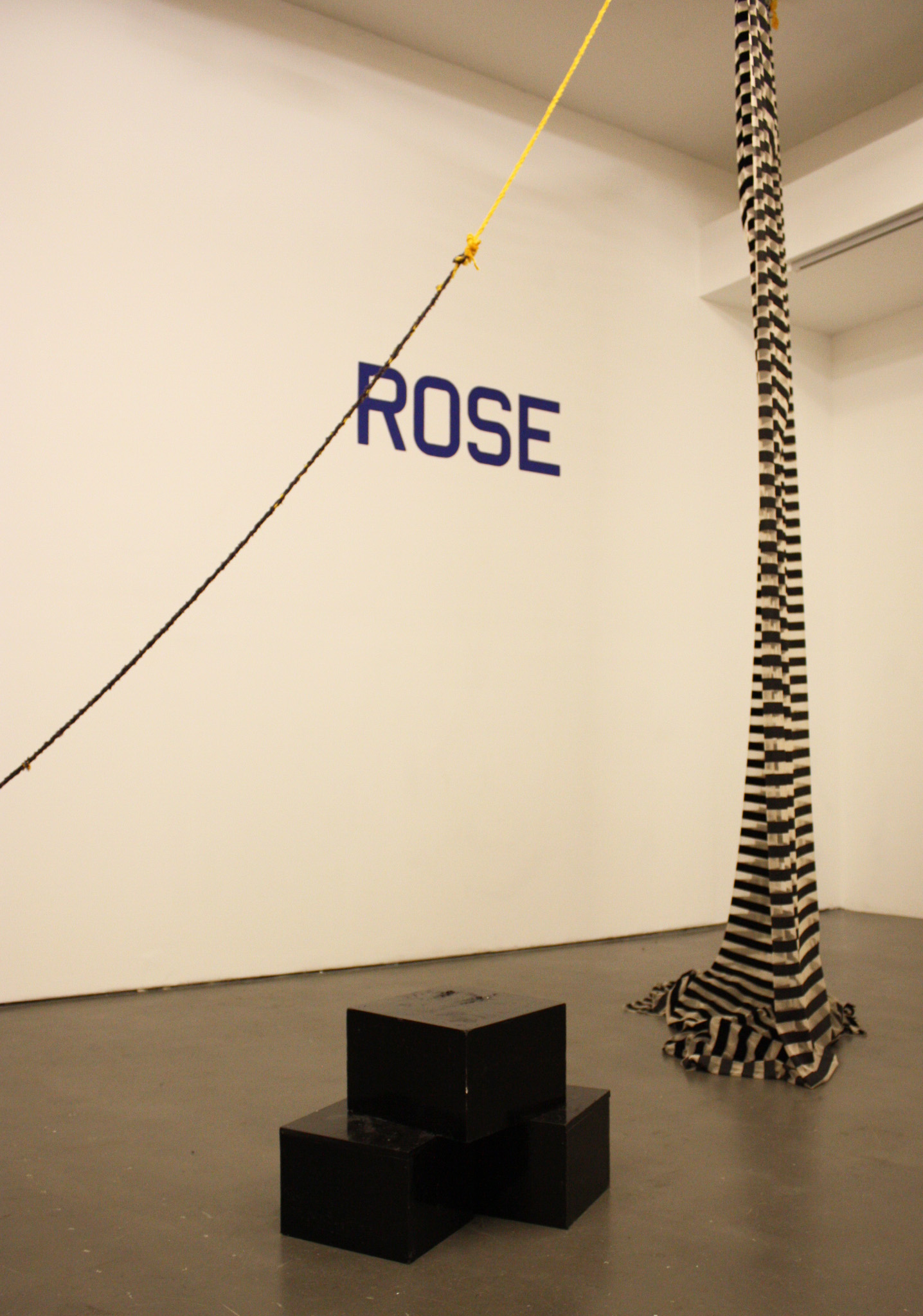
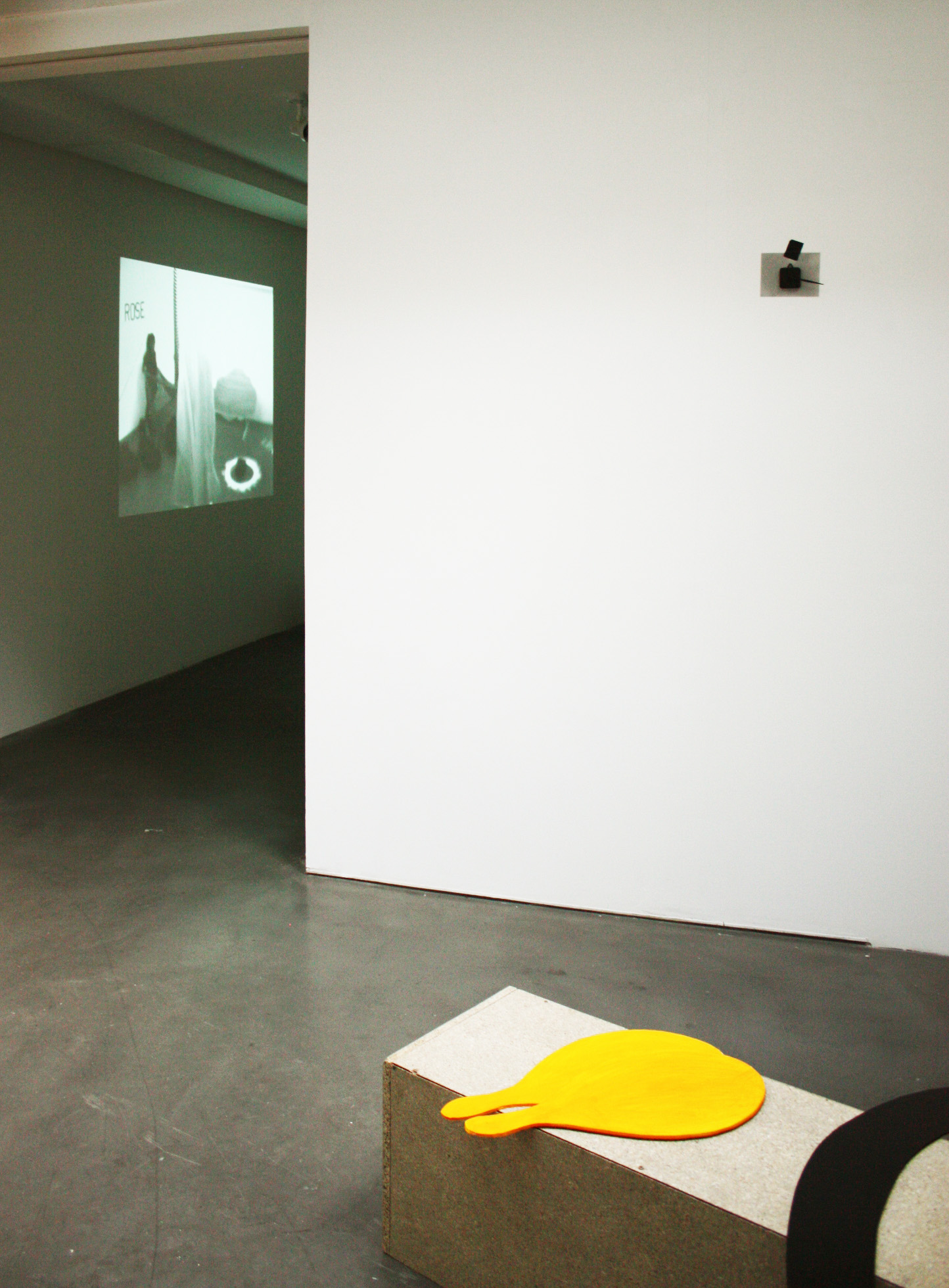
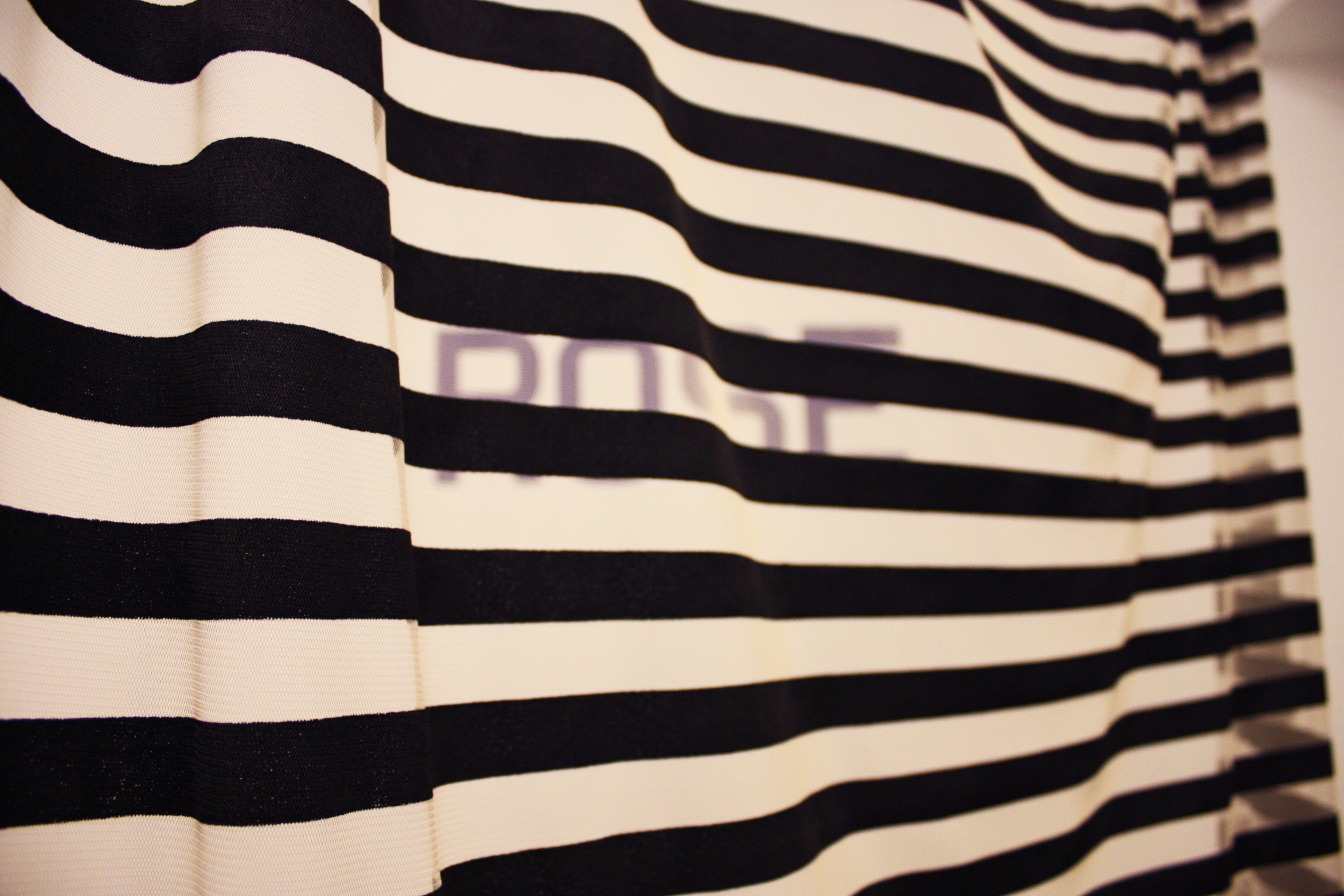
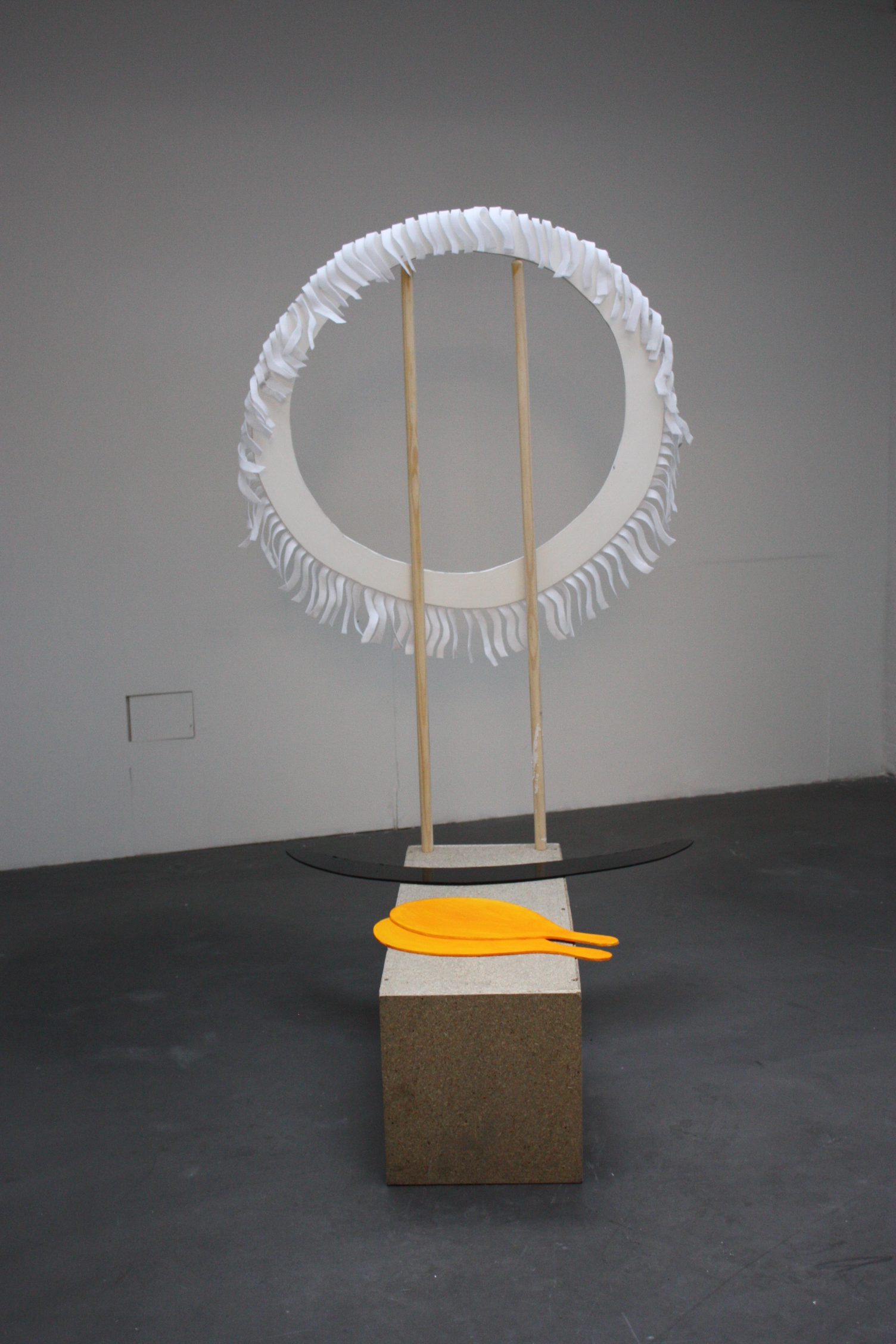
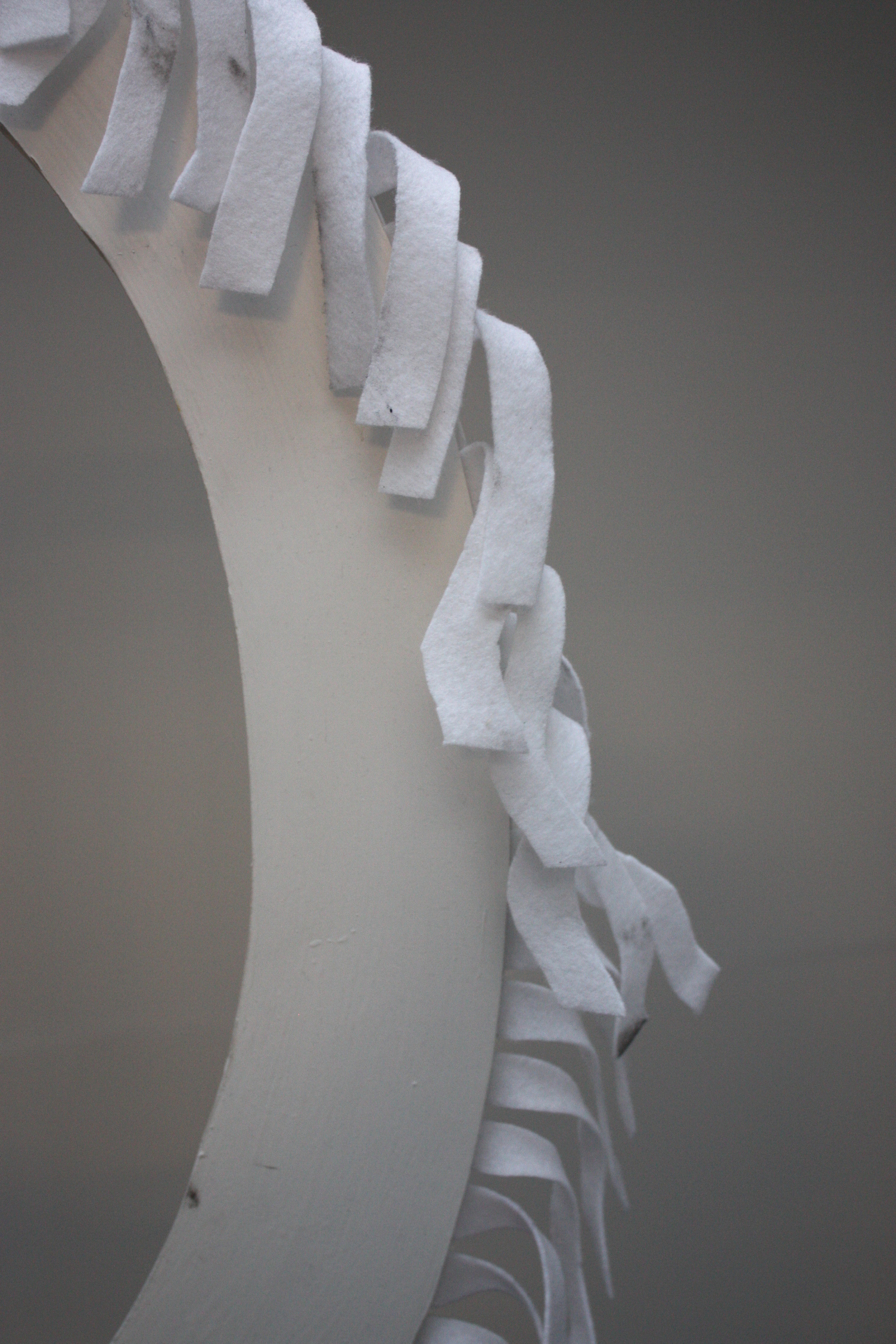

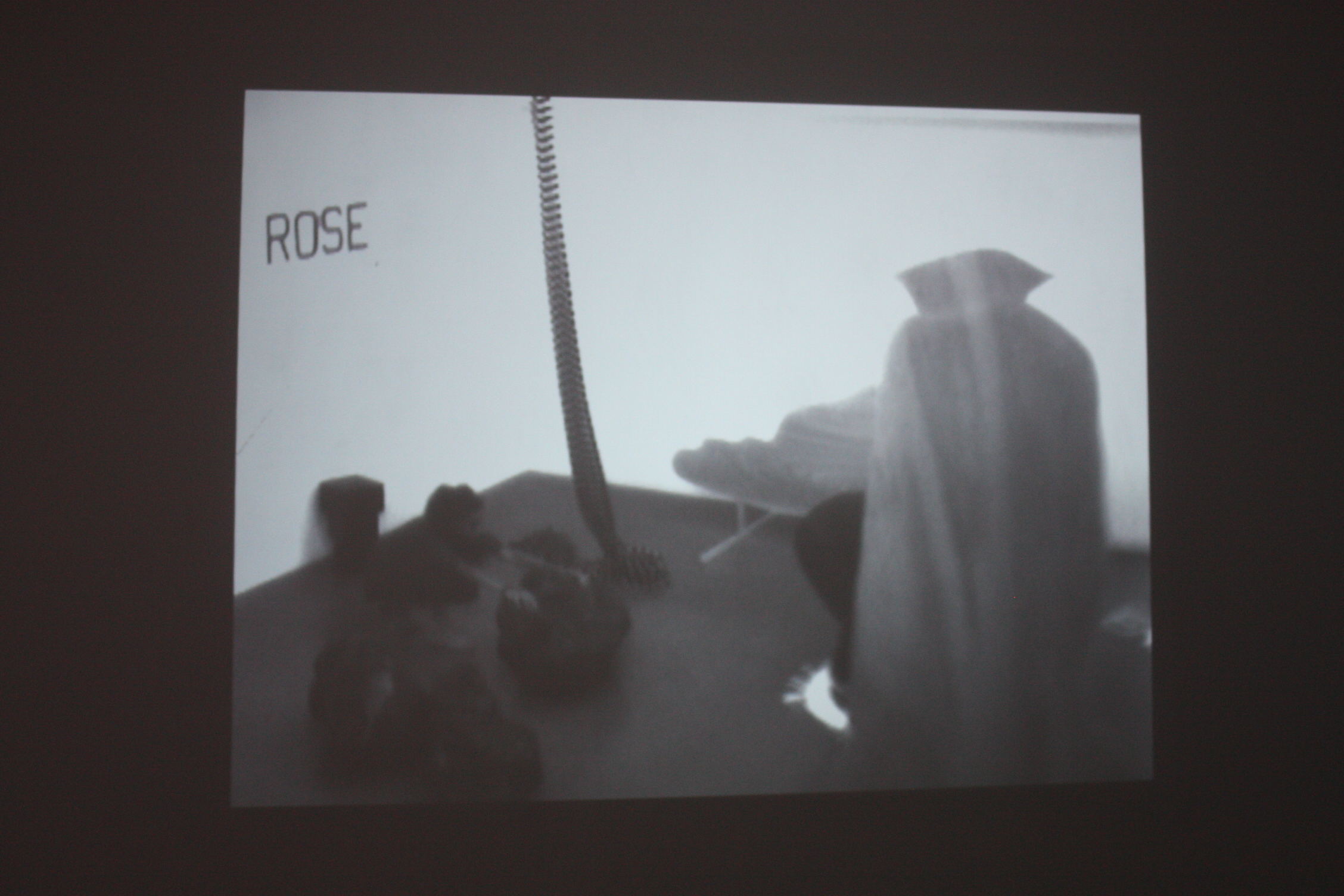
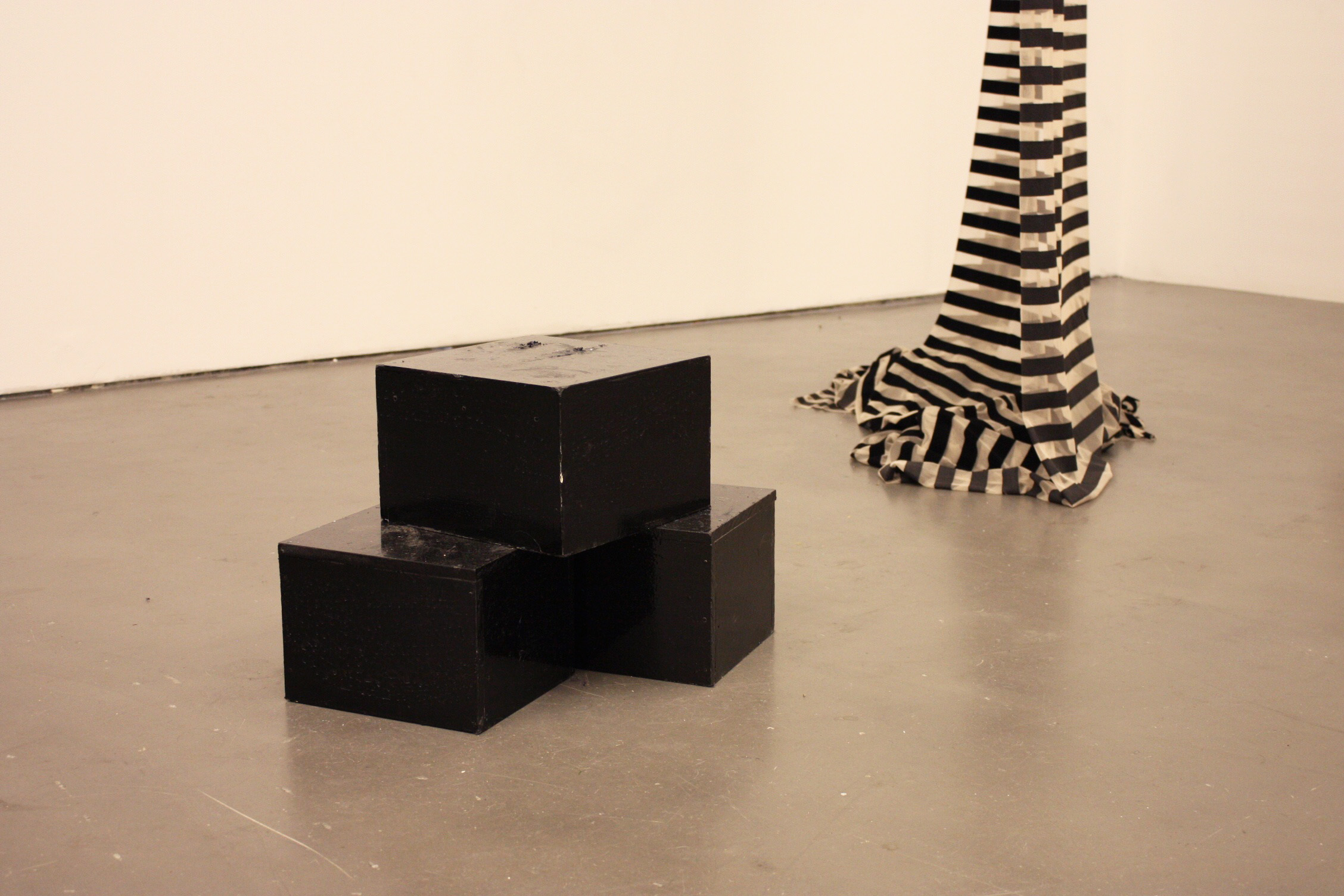
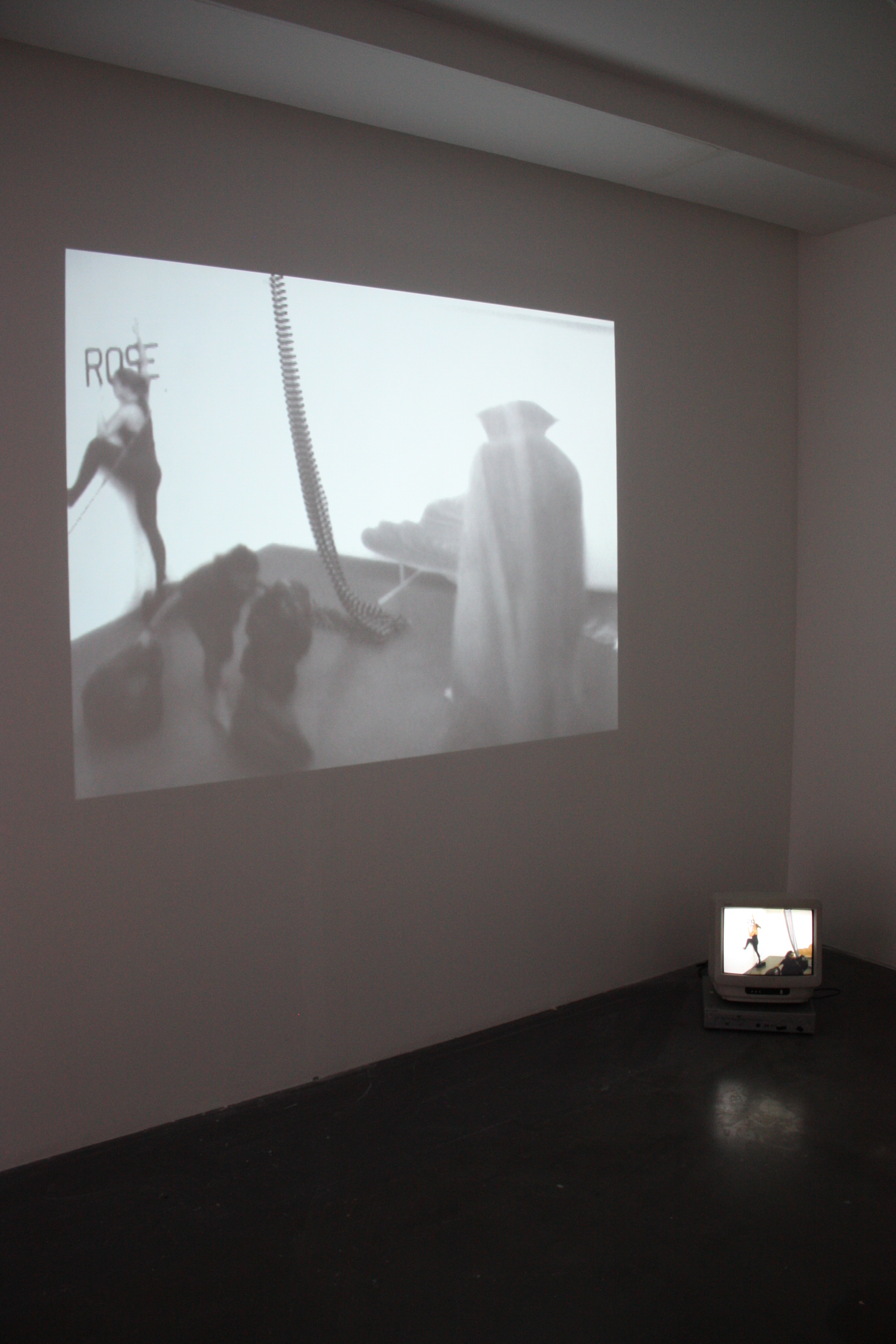
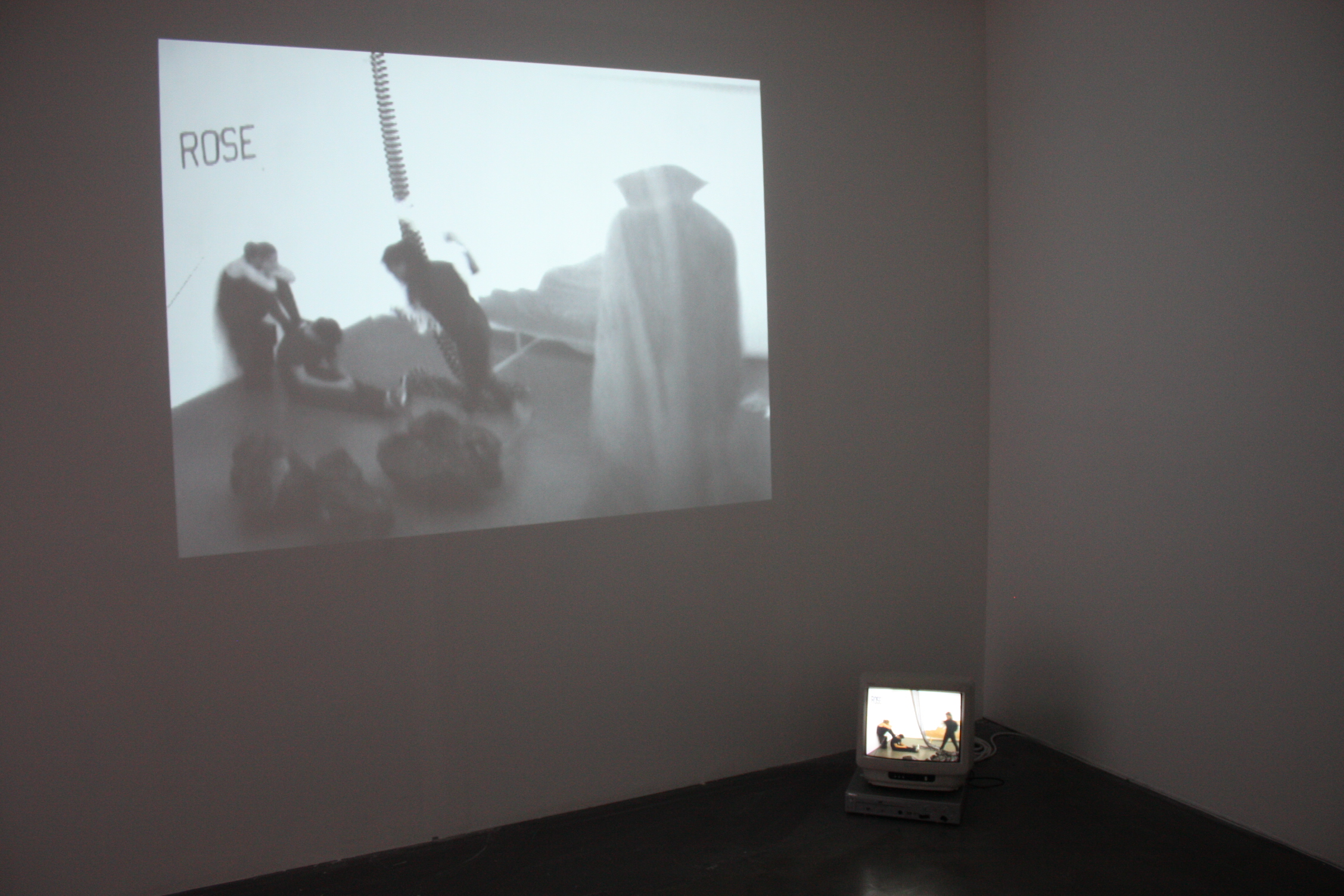
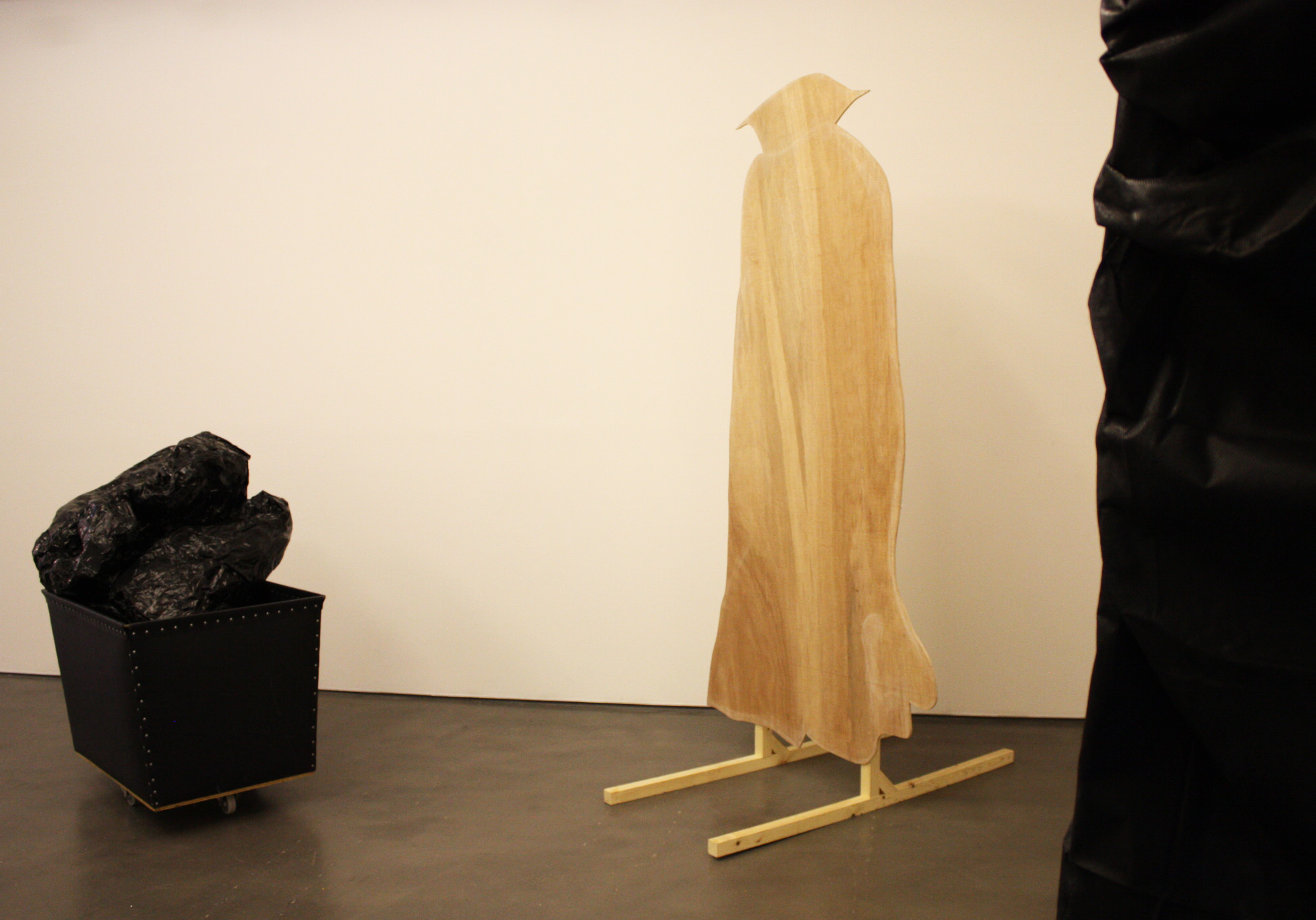
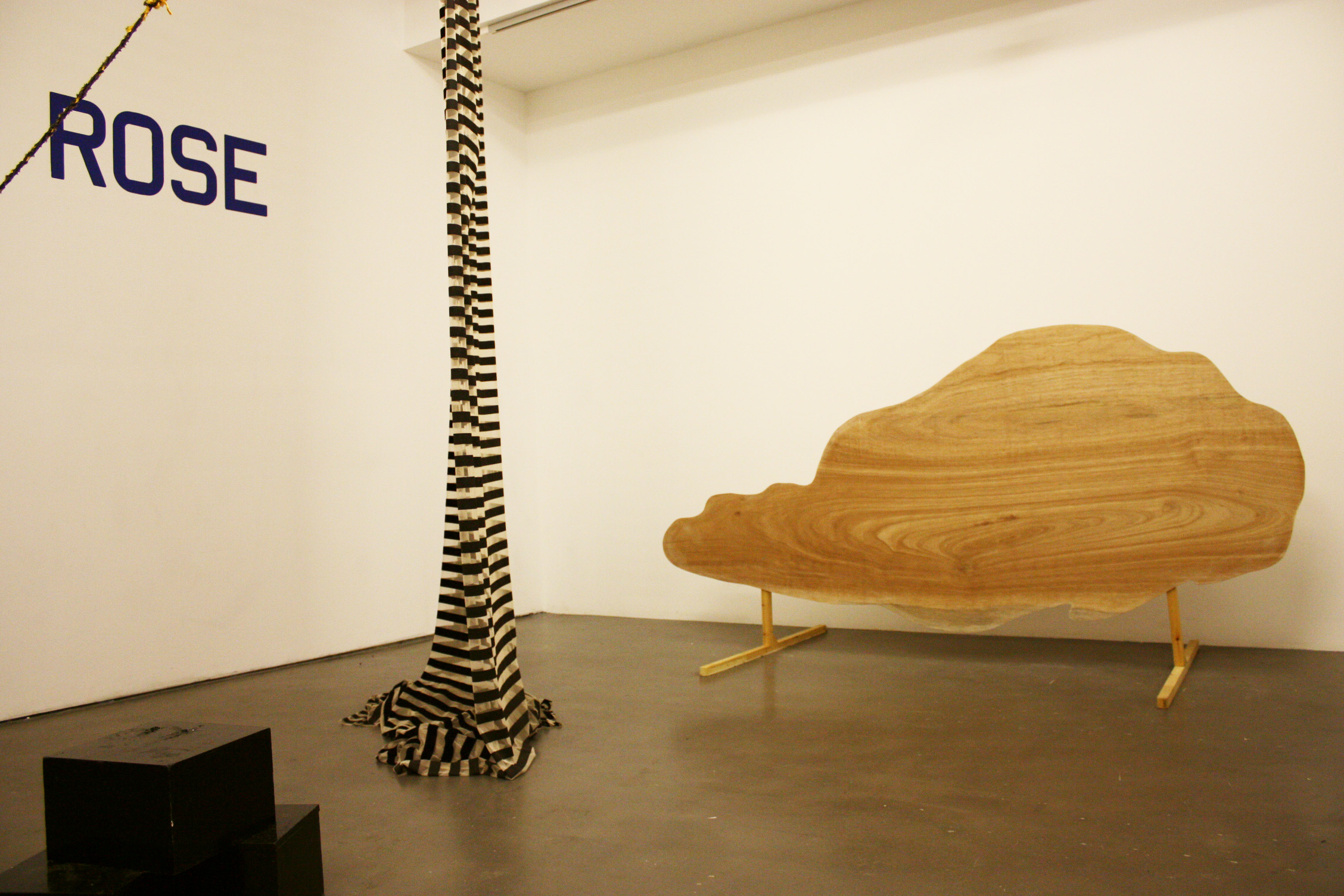
15 October – 7 November 2010
The Multiplicity of a Moment was a two-person exhibition of new works by Laura Eldret and Sarah Williams at Five Hundred Dollars, Vyner St, London. The exhibition explored the tensions of a live moment between a viewer, and a series of objects and scenarios, how these interactions are transmitted; from the past, into the future and beyond the gallery parameters.
Williams’ works are paired down and minimalist in form drawing attention to the materiality of the surface, while Eldret’s works continue her interest in the co-existence of polarities and are derivative of appropriated forms.
Aspiring to a monumental staging of an opera like exhibition, the artists’ practices meet in their mutual interest in the inhabiting of the exhibition space by spectators as an intrinsic element to the work. As such these artworks hesitate on the lines of definition; sculpture, props, platforms or something ‘other’. The exhibition was accompanied by an essay by Marianne Mulvey.
“ The exhibition was staged in a way that allowed the spectator to experience the space in two parts. The viewers entered the first gallery through a covered archway, which signalled the start to the exhibition where minimal artworks, made by both Laura and I, were displayed. These works could be defined as either sculpture, props, backdrops, platforms or something ‘other’. This part of the exhibition showed potential to be an active space, almost like a stage or set.
The second gallery contained two films which ran concurrently. The films were created in the space before the exhibition opened to the public. Three dancers were invited to respond to the artworks in the exhibition and their performances were filmed in twenty-five minutes cycles on a black and white CCTV camera and digital camera.
The exhibition addressed the present moment (a spectator experiencing the objects and installation in the space), the past (the films which showed performance action that had occurred previously within the space) and the future (the potential for each objects/art work to be used for future interactions). The spectator was key in linking these phases together.” – Sarah Williams